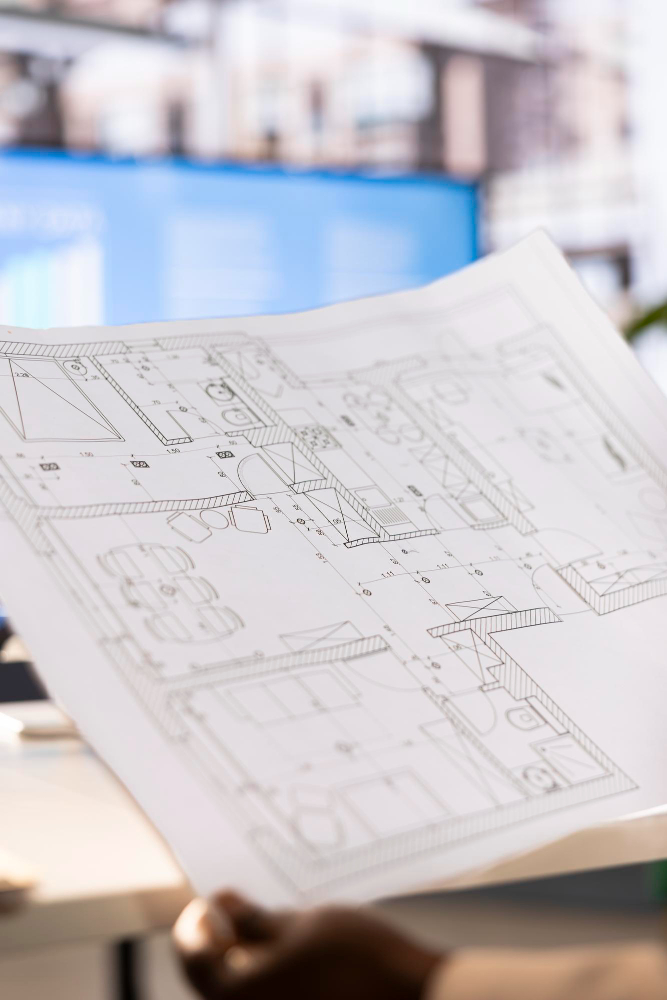by Emma Niemela
Following the report of 5.4 percent inflation for the trailing twelve months ended June 2021, the Federal Reserve is predicting elevated inflation to be a temporary phenomenon, normalizing after the “perfect storm of high demand and low supply” ceases. However, multiple chief executives have differing opinions.
According to the latest Bureau of Labor Statistics (BLS) update, the seasonally adjusted Consumer Price Index (CPI) for all urban consumers rose 0.9 percent in June, the largest one month change since the 1.0 percent increase in June 2008.
Notable category increases in the month of June, included used cars and trucks increasing 10.5 percent, food increasing 0.8 percent, energy increasing 1.5 percent, gasoline increasing 2.5 percent, and the index for all items less food and energy increasing 0.9 percent. These increases show recovery from the price declines due to COVID last year. A chart containing comprehensive BLS data is shown below.
Inflation reflects rising prices for goods and services and often happens when a nation’s money supply is growing faster than the economy; however, there are multiple triggers. Demand-pull inflation happens when an increase in the money supply creates demand for additional goods and services, the effect is accentuated when there is limited supply of those goods and services. Forgivable loans and personal stimulus checks given during the COVID-19 Global Pandemic triggered this type of inflation, increasing the money supply and creating demand while many supply chains were experiencing disruption due to the Pandemic.
Cost-push inflation results from input price increases. Increased cleaning costs and increased material prices as a result of supply shortages have contributed to increased overall costs for producing goods and services during the Pandemic. Supply shortages are expected to alleviate as the impact of COVID-19 fades; in fact, lumber prices are reaching pre-Pandemic norms. Lumber futures closed at $634 on July 23rd, down from a high of $1,711 on May 10, 2021, as shown by data from Yahoo Finance in the chart that follows.
Built-in inflation is driven by expectation that prices will continue to increase in the future. Companies such as PepsiCo, Conagra, and Fastenal voiced plans to increase prices because of expected inflation at their most recent earnings calls. Fastenal already raised prices in the second quarter and intends to continue this trend, as the initial increases were well received.
However, as reported by the Wall Street Journal, not all companies are following this pattern; FreshDirect is currently lowering prices on berries, salmon, and ground beef. The online grocery delivery company is looking to attract more customers by absorbing inflation for the time being. This varied approach is a good signal, as it shows not all companies are raising prices in expectation of future inflation, a move which would add fuel to the inflation cycle.
Wages are tied to built-in inflation, as employees demand wages to maintain their cost of living. As wages rise, costs and prices of products and services also rise, continuing the cycle. Many employers have raised wages to attract employees as the labor market has become more competitive. However, these labor cost increases motivate investment in automation. For example, Applebee’s has recently implemented tablets which allow customers to pay at their table without a waiter. John Peyton, CEO of Applebee’s parent company, Dine Brands Global, Inc., called this move a hedge against labor inflation in a recent earnings call.
The Federal Reserve’s dual mandate is to aim for price stability and maximum sustainable employment. The recent developments in wages and employment discussed above add complexity to these goals, as it can be hard to determine adequate benchmarks. The Fed has been using pre-pandemic employment levels to define “maximum employment,” but with automated labor hedges making certain roles smaller or obsolete and many people re-evaluating their lifestyle and leaving the workforce early, it may be necessary to use a new benchmark. Employment and inflation go hand in hand, and so long as the labor market is transitioning, there will be an effect on inflation.
Last August, the Federal Reserve communicated inflation expectations slightly above two percent following periods of inflation below two percent, resulting in a long-term average of two percent. Even though current inflation is well above two percent, the Federal Reserve has stated that is does not plan to raise interest rates in the short-term as it attributes current inflation to one-time price increases due to the re-opening of the economy. So long as businesses and consumers are not acting as if they altogether expect high inflation, the Federal Reserve will maintain its stance.
STAY IN THE LOOP
Subscribe to our newsletter.
Explore More






